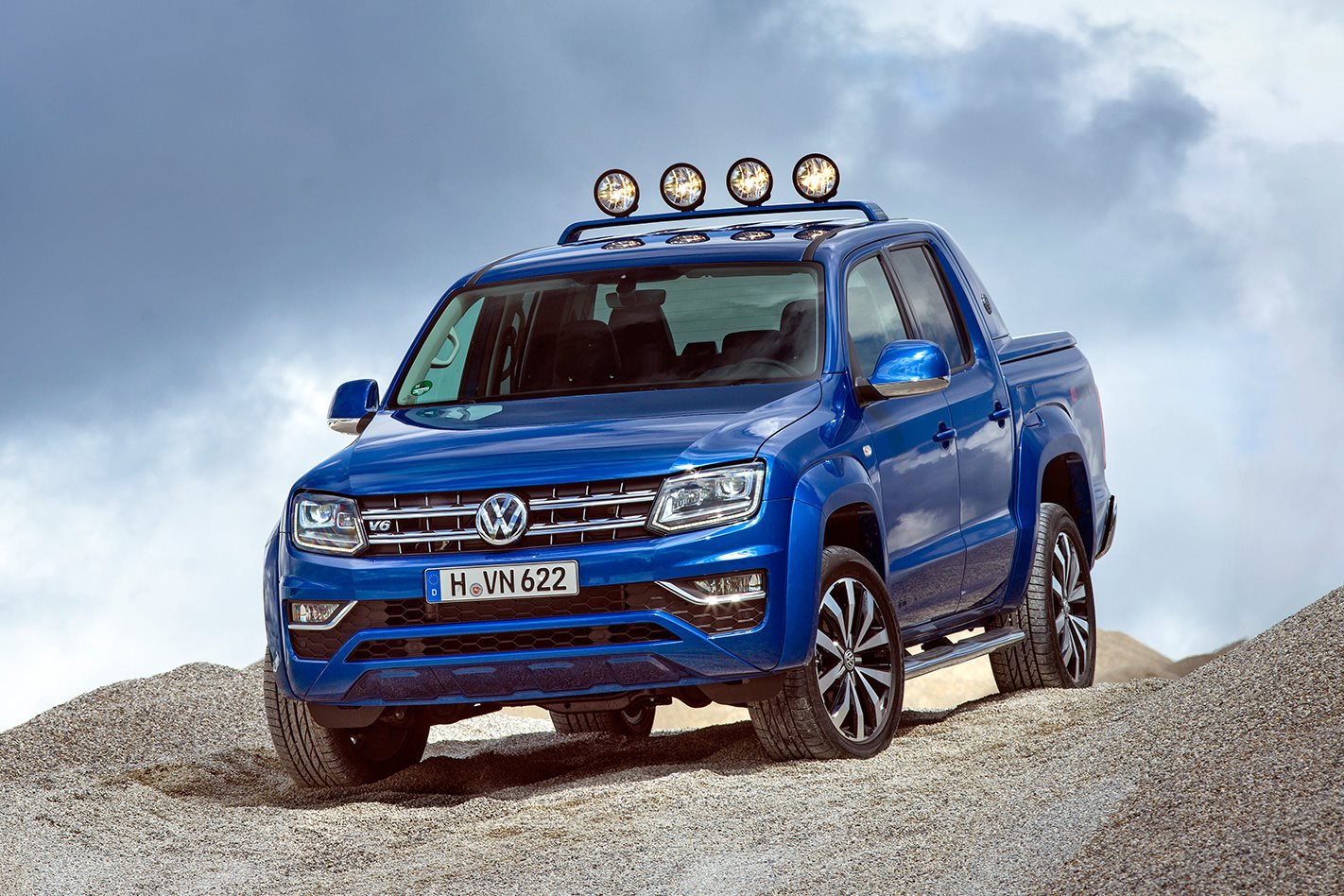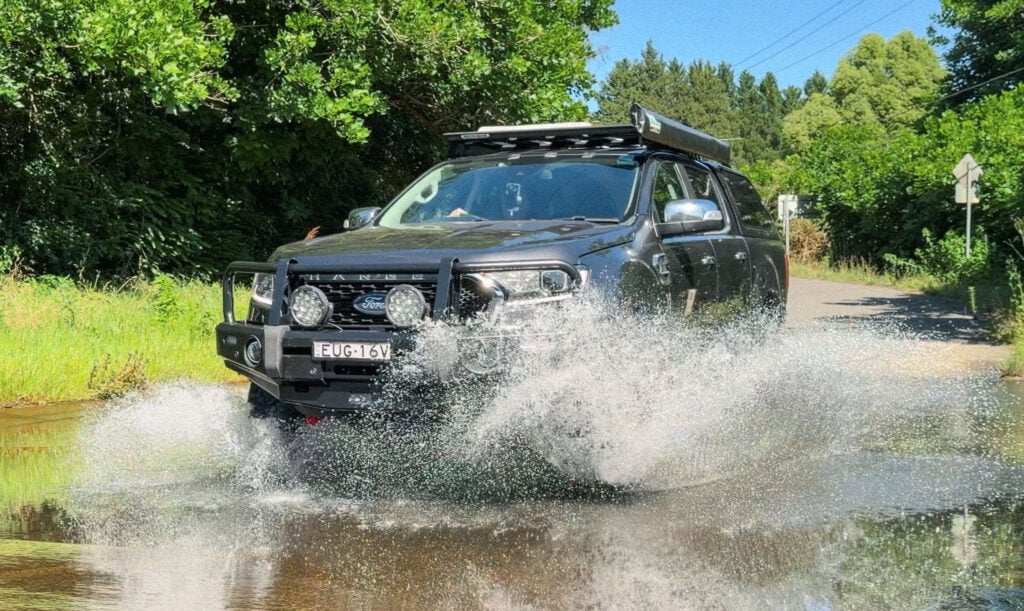
Volkswagen has given the Amarok trade ute its first significant refresh since it was introduced to Australia in 2011. Among the changes is the addition of a turbo diesel V6 to complement the twin-turbo diesel four-cylinder engine that, so far, has been the only powerplant. To celebrate, VW is launching a limited-run, four-door V6 version called the Amarok Aventura.
TELL ME ABOUT THIS CAR
As well as cleaner lines externally, the refreshed Amarok has had significant attention dedicated to its interior to make it even more car-like than before. The four-door, all-wheel-drive Aventura – which will become Australia’s most expensive trade ute when it arrives late this year – ups the visual bling with a special tub-mounted rollover bar wearing an “Aventura” badge and unique 20-inch alloy wheels. It also gains two new paint colours – matte blue and matte grey.
STRENGTHS
One thing that has held the Amarok back a bit in Australia has been the physical size of its engine. At only 2.0 litres, buyers have traditionally been a bit sceptical that such a small powerplant can pull its weight in a world of larger displacements. The addition of a V6 should convince more buyers to shop at VW.
- Engine. The 3.0-litre V6 will produce 165kW and 550Nm, meaning it is more powerful, has way, way more grunt than the four-cylinder engines, making it the better tow vehicle. It will also be the only V6 trade ute on sale, and the most powerful.
- All-wheel drive. Because the Aventura has more power to put down to the road, Volkswagen has made it go to all four wheels rather than just the rear ones.
- Servotronic steering. This is a fancy name for steering that automatically gets heavier or lighter, depending on speed. When you’re shuffling around a supermarket car park, it helps make the Amarok feel like a smaller, more manoeuvrable car. As speeds rise, steering assistance backs off, improving how the Amarok feels in the driver’s hands. It’s a clever sports car trick that blends city needs with open road enjoyment.
- Front and rear parking sensors, combined with a reversing camera, make the Aventura much more liveable in the city.
- Clever software that will bring the Amarok to a complete halt after a crash will be standard on the fresh-faced Amarok.
Looking at them rationally, trade utes don’t make very good daily commuters. Big, heavy and lagging traditional passenger cars in terms of comfort and safety, they struggle to justify themselves as a viable replacement. The Amarok is no exception to this rule.
- Airbags. Despite Amarok’s sweeping mid-life changes, VW has not included head-protecting side curtain airbags for rear-seat passengers as part of the update. The Amarok still wears a top five-star crash test rating from 2011, but if you’re putting children in the rear seats…
- Emissions. Volkswagen has to switch to the V6 engine in Europe to meet stricter Euro 5 diesel emissions targets due late this year. Once they arrive, the Euro 4 four-cylinder diesel engine will be banned from sale. Australia doesn’t have the same deadline as Europe, so we will keep selling the dirtier Euro 4 engine alongside the cleaner Euro 5 one.
- Heat. Because Australia is considered a “hot” climate, to protect the engine VW will lower the Amarok’s towing capacity from 3.5 tonnes to just 3.0 tonnes – the same as some of the four-cylinder versions. Its major competitors are at the higher limit.
- Price. When it lands, the Volkswagen Amarok Aventura will be the most expensive trade ute on sale in Australia. We’re guessing at just shy of $70,000 – or the same as a high-end Jaguar XE luxury sedan.
The Amarok performed very well in a recentWheels magazine test looking at the best trade ute for urban duties. However, the Ford Ranger and its closely related Mazda BT-50 (they’re the same car, just with different body panels) are streets ahead in terms of driver aids to make them more liveable in traffic. And there’s the enemy within: if you don’t need the extra pulling power to tow a big boat, float or caravan, the V6 Amarok doesn’t add much more over the four-cylinder version.



